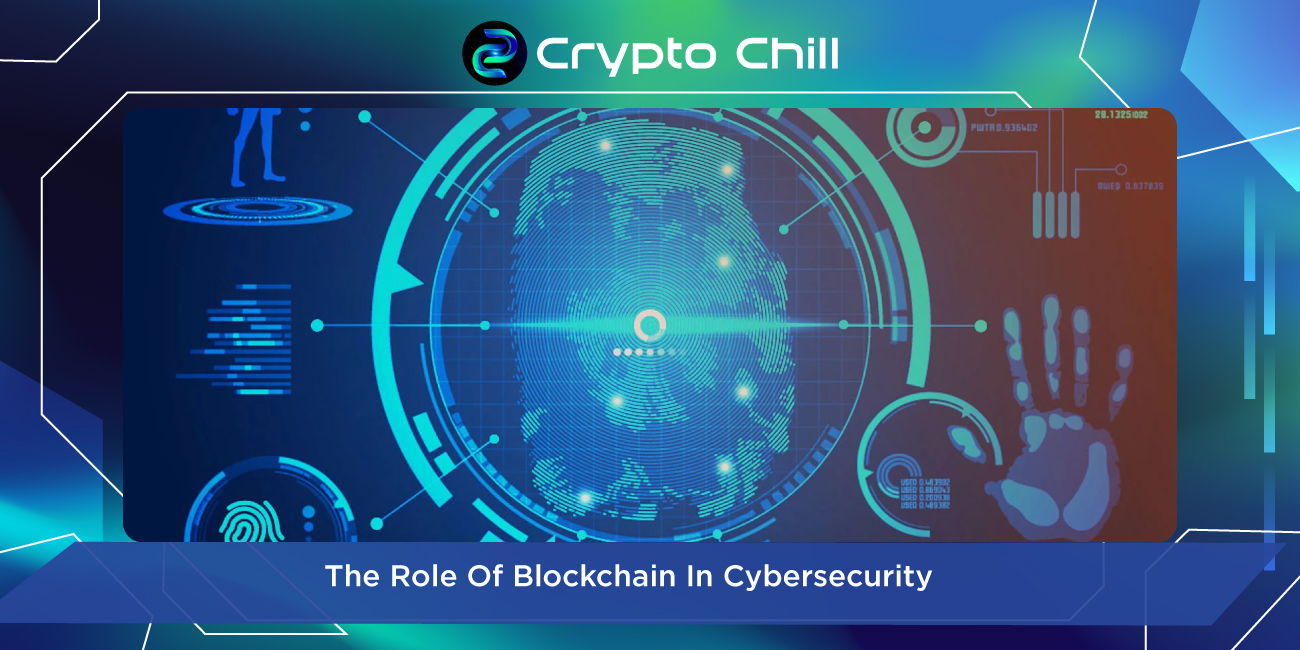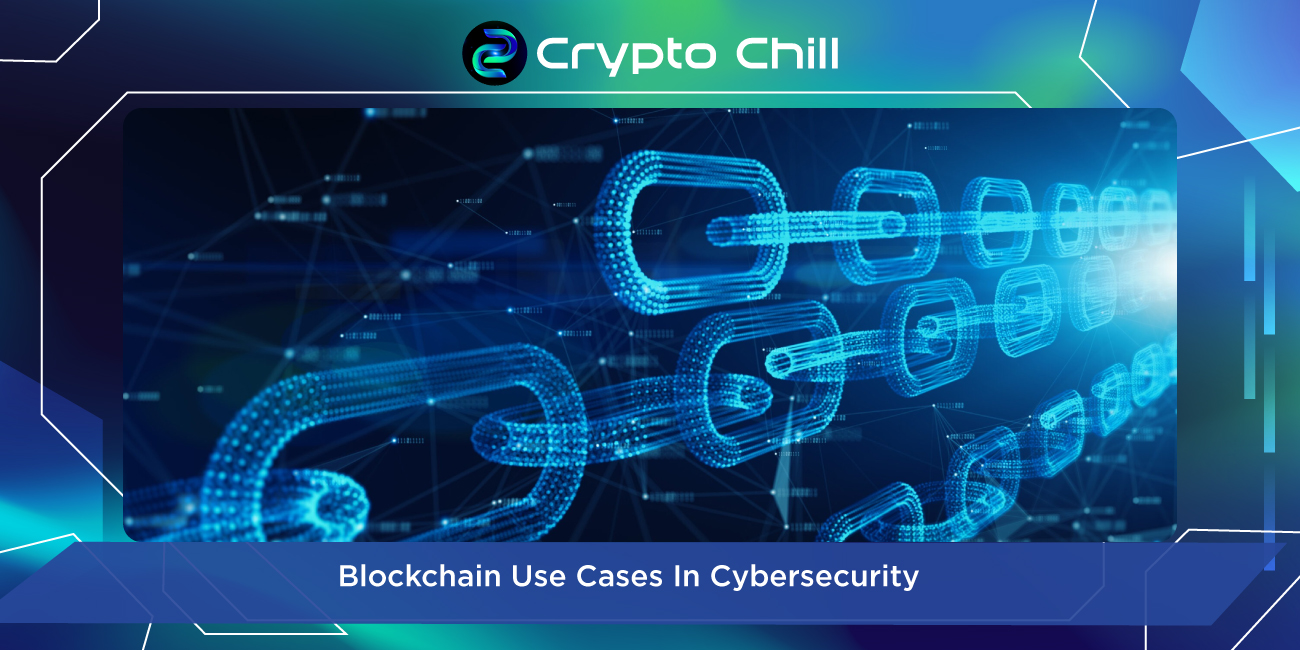In this digital age of growing reliance on the internet and technology, innovative opportunities flourish. However, with these opportunities come vulnerabilities targeted by cybercriminals. The year 2023 has witnessed the emergence of two significant ransomware attack trends, as noted by the US Federal Bureau of Investigation (FBI). Within this context, blockchain technology is becoming increasingly relevant in bolstering cybersecurity efforts.
Dual Ransomware Attacks: A Double Blow
Ransomware attacks have become more sophisticated and dangerous. To elaborate, cybercriminals are no longer content with merely encrypting data and demanding a ransom. They have evolved into using a tactic known as dual ransomware attacks. In these attacks, two different ransomware variants are unleashed on a single victim within a short time frame. As a result, this combination of data encryption, exfiltration, and ransom demands can cause substantial harm to compromised systems. The FBI warns that second attacks on entities already hit by ransomware can intensify the impact.
Evolving Data Destruction Tactics
As we delve into the details, in 2022, a concerning development was observed as ransomware groups began employing custom data theft and wiper tools to exert pressure on victims. In some cases, groups integrated new code into existing data theft tools to avoid detection, while in other instances, malware with data wipers remained dormant until a predefined time, corrupting data at intervals.
These trends underscore the urgency of enhancing cybersecurity measures. So, to address this, here are some recommendations from the FBI to counter ransomware:
- Maintain offline data backups.
- Ensure data backups are encrypted and immutable.
- Review the security posture of third-party vendors.
- Implement application listing policies for controlled execution.
- Strengthen identity and access management (IAM) by enforcing multifactor authentication (MFA).
- Conduct audits of user accounts with administrative privileges.
- Implement network segmentation, monitoring, and endpoint detection and response tools.
- Regularly update software, disable unused ports, and enable security features.
To respond effectively to these emerging threats, organizations are encouraged to promptly report any suspicious or criminal activities to their local FBI field offices or through ic3.gov. Furthermore, the FBI also emphasized its partnership with the US Joint Ransomware Task Force (JRTF) to facilitate coordinated responses and cooperation between the public and private sectors in addressing the growing ransomware threat.
Blockchain and Cybersecurity: A Promising Partnership
The rise of cyber threats highlights the need for robust cybersecurity solutions. Amid this context, blockchain technology has emerged as a potential game-changer in the quest to secure digital environments.
BuildingTrust Through Decentralization
Blockchain operates on the principle of decentralization. In comparison to centralized databases where data resides in a few large repositories, blockchain distributes data across a network. As a result of this structure, each batch of valid transactions forms a block, and these blocks are interlinked in a continuous chain as new information is added. This decentralized structure eliminates hackable entry points and central points of failure, ultimately enhancing security.
Blockchain Enhances Authentication
Blockchain offers a password-free authentication method. In contrast to conventional systems, which rely on centralized architectures and simple logins, blockchain enhances security by eliminating the risk of weak passwords. To elaborate on this, devices and users are authenticated using a distributed public key infrastructure, providing each device with a unique SSL certificate instead of a password. Certificate management is handled through the blockchain, virtually eliminating the risk of fake certificate usage.
Blockchain: Decentralized Storage for Data Security
One notable aspect of blockchain is that users can maintain control over their data, which is stored on their computers within the network. Due to this feature, they can ensure the blockchain remains robust. For example, if someone attempts to tamper with a block, the entire system will examine all data blocks in the network. If a block is found to be different from the rest, it is excluded from the chain as false data.
Unprecedented Traceability
Blockchain timestamps and digitally signs every transaction. This means that every transaction can be traced back to a specific time period and the corresponding party involved. This notable feature relates to non-repudiation, ensuring that the authenticity of signatures and transactions cannot be denied. Furthermore, each new transaction results in an updated ledger, maintaining a history log that makes every transaction traceable.
DDoS Protection with Decentralized DNS
Distributed Denial of Service (DDoS) attacks can disrupt blockchain transactions. The current challenge in mitigating these attacks comes from the existing Domain Name System. The implementation of blockchain technology would completely decentralize the DNS, distributing the contents to more nodes and making it nearly impossible for cyber-attackers to hack. By using a blockchain-based system, organizations can ensure it is invulnerable to hackers unless every single node is wiped clean at the same time.
Conclusion
In summary, blockchain technology has moved beyond its origins in cryptocurrencies and is now a crucial tool for enhancing cybersecurity. Despite these benefits, companies must also implement standard cybersecurity controls to safeguard their technical infrastructure effectively. So, as the world becomes increasingly connected, the role of blockchain in ensuring the integrity and security of our digital landscape is set to grow.
Disclaimer: The information in this article is not investment advice from CryptoChill. Overall, cryptocurrencies always carry many financial risks. Therefore, do your own research before making any investment decisions based on this website’s information.









No Comment! Be the first one.